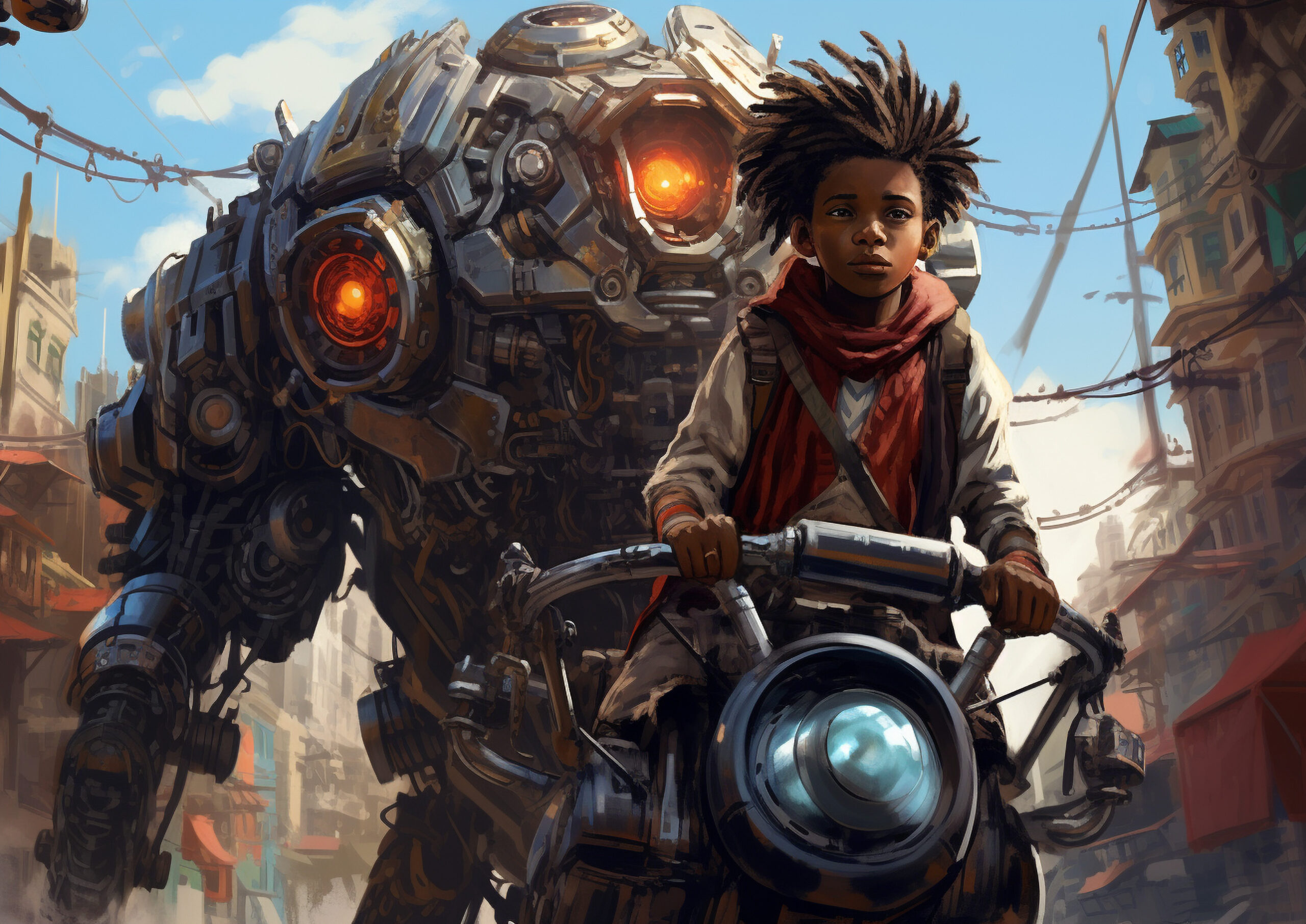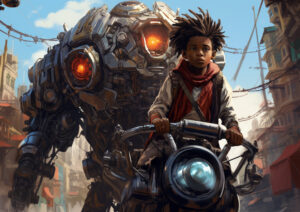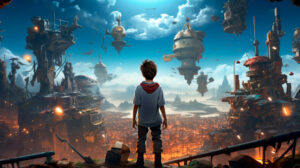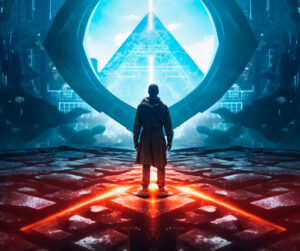In the rapidly evolving world of game development, 3D character modeling and character animation have become essential elements that breathe life into the virtual worlds we explore. The ability to create realistic and stylized characters, or even abstract characters has significantly progressed with the advancements in technology. Artists and developers have mastered the art of crafting intricate 3D characters that not only serve as avatars but also bring a game’s narrative to life.
In this blog, we’ll explore the entire journey of 3D modelling character creation, from the initial character concept through to the final animated character, focusing on the various stages of development, tools, and techniques involved.
1. The Role of 3D Modelling Character in Game Development
At the heart of every game lies its characters. Whether they are humanoid warriors, mythical creatures, or futuristic robots, these characters form a direct link between the game engine and the player. The importance of 3D modelling character development in games cannot be overstated. A well-crafted character engages the player, enhances the emotional depth of the narrative, and adds immersion to the game world.
Creating a 3D character involves far more than simply rendering a static image; it requires a combination of art and technical prowess to ensure that the character interacts naturally with its surroundings and with the player.
2. Introduction to Character Animation in Modern Games
Once a 3D character is modeled, the next step is to animate it. Character animation is the process of making characters move, express emotions, and respond to the three-dimensional environment. Unlike traditional 2D animations, which involve drawing frames individually, 3D character animation utilizes rigs and skeletons to give characters realistic movements.
In modern games, animation encompasses much more than just moving limbs. It’s about making characters react to their environment, interact with other characters, and convey emotions. This involves digital sculpting to refine the character’s details, a normal map to enhance texture and depth, and varying degrees of complexity in animations. As a very popular trend, animation often includes video editing to polish the final output. Synchronizing actions such as running, jumping, talking, or showing fear with gameplay and ensuring these animations blend seamlessly with the three-dimensional space is crucial for creating a compelling and immersive player experience.
3. Understanding Character Modeling for Game Characters
Character design and modeling are the foundation upon which every great main character is built. It involves creating the shape, proportions, and physical attributes of a character in a three-dimensional form with static images. Whether the character is for a fantasy RPG or a futuristic sci-fi game, character modeling defines their form, structure, and overall appearance.
A character’s polygon mesh is its geometric framework, consisting of connected polygons that form the structure. This mesh is a pivotal element in the modeling process, as it determines how the character will deform and move. Game developers use different character modeling types depending on the genre, whether the game needs a highly detailed human-like figure or an abstract, stylized creature. The choice of modeling technique impacts not only the character’s appearance but also how well it integrates with the game’s world and interacts with other characters. With a large talent pool of skilled character artists and the ability to exceed customer expectations, developers can create both realistic and imaginative characters that enhance the gaming experience.
Different Character Modeling Types
Different games require different types of character models. For instance, a photorealistic character in a story-driven action game requires a three-dimensional model with far more detail than a simple, cartoonish character in a mobile game. The level of detail in a character depends on factors like the game’s art style, performance limitations, and the character’s role within the game world.
Polygonal modeling is one of the most common techniques in creating characters. This technique involves building a character’s geometric mesh from polygons. Artists start with simple shapes and gradually refine them to create intricate models that are later animated.
Character’s Geometric Mesh: The Framework of 3D Models
A character’s geometric mesh is the framework or skeleton of the model. It’s created using a series of polygons, which are small, flat surfaces connected by vertices. Together, these polygons form the external shape of the character. The more polygons used, the smoother and more detailed the model will appear. This is where the balance between detail and performance becomes crucial, as increasing polygon count can also increase memory usage.
4. How 3D Character Modeling Transforms Game Worlds
The impact of 3D character modeling on game design cannot be overstated. Characters are the most recognizable and interactive elements of a game, serving as a gateway to the story and world the player will experience. Well-designed game characters not only enhance the visual appeal of a game but also interact fluidly with the game’s environment.
The level of detail, from a character’s facial expressions to their body language, plays a significant role in creating immersive experiences. As characters become more detailed and lifelike, they allow players to feel more connected to the game world.
Traditional Modeling Software for 3D Character Creation
Creating 3D characters requires the use of specialized tools and software. Traditional modeling software like Blender, Maya, and 3ds Max are widely used by game developers to create high-quality 3D models. These tools offer a wide range of features that allow artists to create highly detailed and complex characters, complete with textures, rigs, and animations.
With these tools, artists have control over every aspect of the character’s design, from the initial block-out stage, where the basic shape of the future model is formed, to the final stage of texturing and rigging. These software programs also allow for smooth integration with popular game engines like Unreal Engine and Unity.
Polygon Count and Memory Usage in Character Models
When developing 3D characters, the number of polygons in a model is a critical consideration. While higher polygon count allows for more detailed and smoother models, it also increases memory usage and can slow down performance, particularly in real-time gaming environments. Game developers often need to balance the number of polygons to ensure that the game runs smoothly on various hardware configurations without sacrificing the visual fidelity of the character.
5. Concept Art to 3D Character: The First Step in Character Creation
Before the character modeling type of process begins, artists create concept art to establish the character’s appearance and personality. Concept artists visualize the character based on the game’s story, world, and artistic style. This is a crucial step in character creation, as it sets the foundation for what the final 3D character will look like.
Character Creator Tools for 3D Modelling Character
Using character creator tools, artists can quickly draft the basic structure of a character before moving into more detailed work. These tools are particularly useful during the early stages of development when artists are experimenting with different designs. Tools like ZBrush, Blender, and Maya offer advanced features for 3D character creation, allowing artists to add details, textures, and even rigging for animation.
Detailed Characters: The Evolution from Basic Shape to Final Form
Every great character begins with a schematic model of a basic shape. From there, artists gradually add more detail, building layers of complexity that bring the character to life. Creating detailed characters involves refining the initial model, adding textures, defining facial expressions, and finally animating the character’s movements. Once the basic structure and smooth model are complete, the next step is to sculpt the fine details, such as facial features, muscles, and clothing. Each layer of detail enhances the character’s realism and adds to the overall player experience.
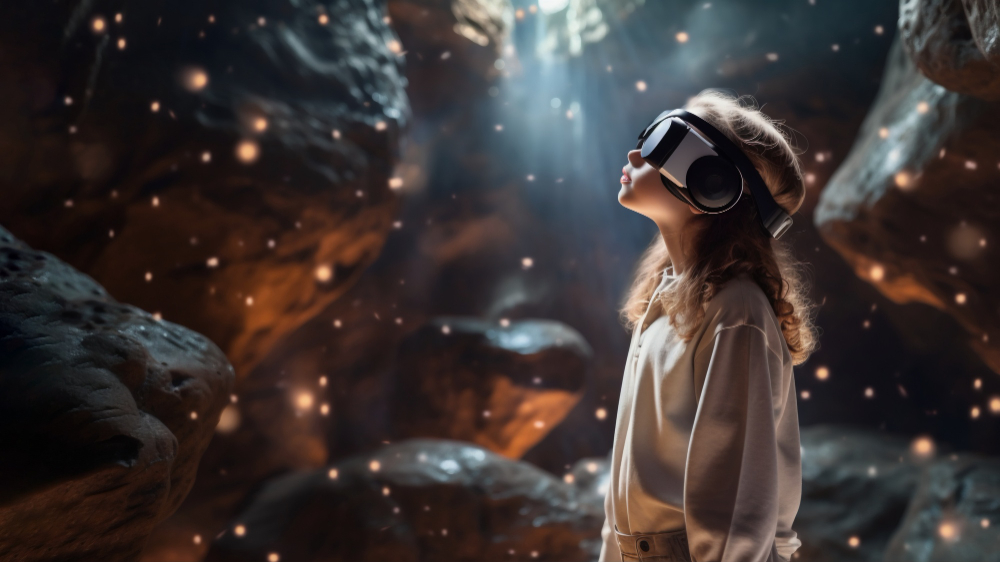
6. The Power of Character Animation: Breathing Life into 3D Characters
Once a 3D character is modeled, the next crucial step is character animation. This process aims to bring the three-dimensional character to life by creating movements that enhance realism and player immersion. Understanding the character’s role—whether hero, villain, or NPC—determines how they interact with their three-dimensional environment and express emotions. Here’s a breakdown of key aspects of character animation:
First and Last Frames: The Basics of Keyframe Animation
Keyframe animation is a foundational technique where the artist defines the first and last frames of a movement, such as a jump or punch. Animation software then interpolates the in-between frames, creating smooth transitions and a fluid, lifelike motion. This method allows the character to move naturally within the three-dimensional space, enhancing the game’s realism.
Motion Capture in Character Animation for Realistic Movements
Motion capture technology has significantly advanced character animation by recording real-life actors’ movements and applying them to the 3D character. This method captures complex body movements and facial expressions, producing highly realistic animations. It’s particularly valuable for creating dynamic combat, sports scenes, and cinematic sequences, reducing the steep learning curve of manual animation and streamlining the creation of even entire projects.
The Role of Character’s Geometric Mesh in Animation
The character’s geometric mesh forms the structure upon which animations are applied. This mesh must be carefully designed to accommodate a range of movements and deformations, ensuring that the animations appear natural and fluid. A well-constructed mesh allows the artist to create animations that look convincing in various three-dimensional environments.
Integrating Animation with Game Mechanics
Character animation must be seamlessly integrated with game mechanics. The way a character moves interacts with objects, and responds to the environment should align with the game’s rules and physics. This integration ensures that animations not only look realistic but also function correctly within the game’s three-dimensional space.
Enhancing Animation with Facial Expressions
Facial expressions add depth to character animation by conveying emotions and reactions. Creating realistic expressions involves animating facial muscles and using tools like motion capture to enhance the 3D character’s emotional impact. This attention to detail makes the character’s interactions with the game world more engaging and believable.
Artistic Vision and Animation Techniques
The artist creates animations based on their artistic vision and the character’s role within the game. Techniques such as keyframe animation and motion capture are tools used to realize this vision. The choice of technique affects the animation’s fluidity and realism, influencing how players perceive and interact with the character.
In summary, character animation is pivotal in making 3D characters come to life. By using methods like keyframe animation and motion capture, and considering factors like the character’s geometric mesh and integration with game mechanics, animators can create compelling and immersive experiences for players.
7. 3D Character Rigging: The Backbone of Character Animation
Before a character can come to life in a game, it must be rigged. Character rigging involves creating a virtual skeleton for the 3D model, which allows for animation and posing. This skeleton, often referred to as a rig, consists of a network of bones and joints that simulate the structure of a real skeleton. By defining how these bones move and interact, artists can make the character move naturally, whether it’s walking, running, or performing complex actions. Rigging is crucial for ensuring that the character’s movements are smooth and realistic, contributing to the overall quality of the animation.
Digital Skeleton: How It Helps in Character Animation
A digital skeleton is vital for character animation, acting as the framework that drives the character’s movements. This skeleton is composed of interconnected bones and joints that control different parts of the character’s body. When animating a 3D character, these bones are manipulated to create movements that mimic real-life physics. The digital skeleton allows for precise control over the character’s limbs, body parts, and facial features, enabling animators to produce fluid, natural-looking motions. Without a well-designed digital skeleton, animations would appear stiff and unnatural, undermining the immersive experience of the game.
Creating Facial Expressions in Character Animation
Facial expressions are critical for conveying emotions and personality in a 3D character. Crafting realistic expressions involves animating the facial muscles to reflect various emotions, such as happiness, sadness, or surprise. This process demands meticulous attention to detail, as even slight variations can dramatically alter how players perceive the character’s facial expressions. Animators often use modern techniques like motion capture to record real-life facial movements, which they then map onto the 3D model.
8. Character Texturing: Adding Realism to 3D Models
Character texturing is a crucial step in the 3D character creation process that involves applying colors, materials, and textures to make the character appear realistic. This process adds intricate details such as skin tones, hair textures, and clothing fabrics, which help to bring the character to life. By layering various textures and materials, artists can simulate different surfaces and effects, making the character look more lifelike and fitting seamlessly into its environment. Effective texturing not only improves the visual realism of the character but also enhances its overall presence in the game world.
Create Textures Using Specialized Software
To create more detailed model textures, artists often turn to specialized software like Substance Painter. This tool allows for direct painting on the 3D model, enabling artists to apply textures with high precision. The artists map the created textures onto the model’s polygon mesh, giving it the appearance of depth and intricate detail.
Texture Mapping: Enhancing Visual Appeal of Game Characters
Texture mapping applies a 2D texture to a 3D model.
9. The Importance of Character Models in Game Design
Well-designed character models are pivotal in creating an engaging and immersive game experience. Characters, whether heroes, villains, or NPCs, play a crucial role in shaping how players interact with the game world and its narrative. A meticulously crafted, character model not only enhances visual appeal but also adds emotional depth and realism to the game. Well-designed characters significantly influence players’ perceptions and actions. They contribute to the overall storytelling and gameplay experience, making them a fundamental element of effective game design.
Realistic Display in Modern Game Characters
Advancements in technology have revolutionized the creation of realistic game characters. Developers now use high polygon counts, detailed textures, and lifelike animations to achieve an unprecedented level of realism. This progress allows for more detailed and expressive 3D character models, which can convey complex emotions and interactions. The enhanced realism helps players forge deeper connections with their characters, making the gaming experience more immersive and emotionally engaging. Modern games leverage these advancements to create characters that are visually stunning and narratively compelling.
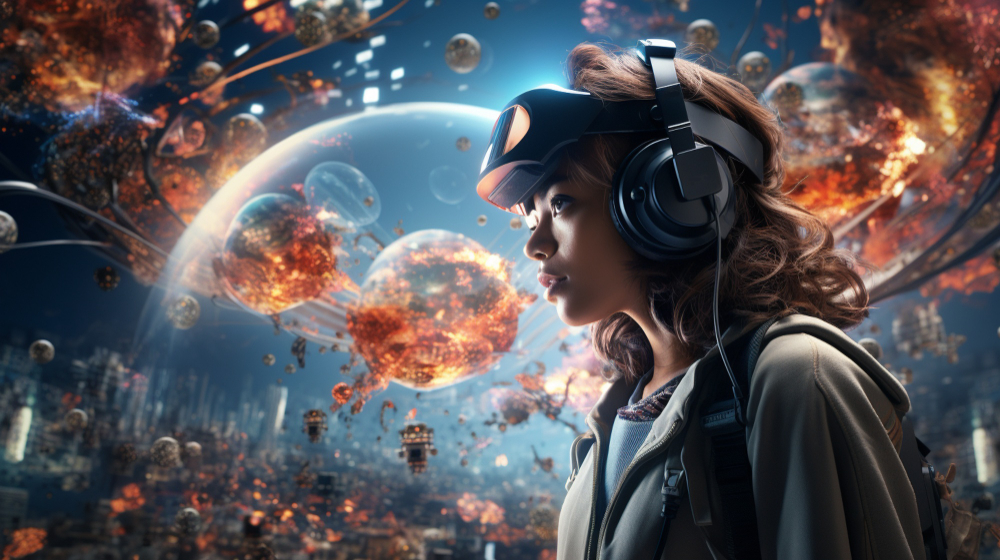
10. The Future of 3D Modelling and Character Animation
The future of 3D modeling and animation is full of possibilities as technology advances. Artists now have more tools, from polygon modeling to motion capture, allowing for more detailed and lifelike game characters. These characters play a crucial role in game development, driving stories and immersing players. At 3DAiLY, we combine AI and artistic expertise to help you create stunning, custom characters for your game. Whether you need detailed or stylized models, we’re here to exceed your expectations. Ready to bring your characters to life? Contact 3DAiLY today for expert collaboration.

